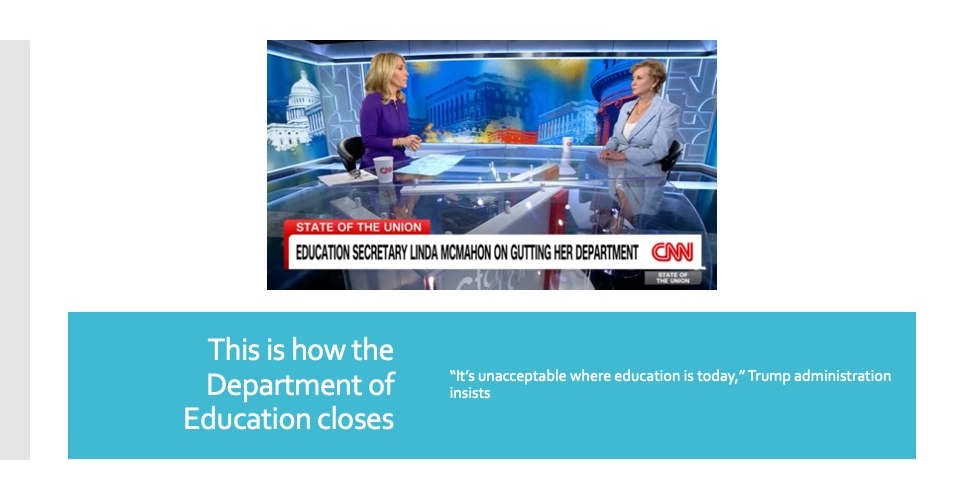As K12 schools enter a difficult budget cycle, school boards must examine the long-term impacts on their districts’ financial sustainability, new research confirms.
This year’s budget cycle falls largely on the nation’s school boards, which are generally responsible for spending $700 billion in public education funds, writes Director of Georgetown University’s Edunomics Lab Marguerite Roza in a research briefing published by the Brookings Institution.
However, school board trustees rarely discuss the long-term impacts on their spending. Roza recommends that districts make modest policy changes to ensure fiscal responsibility as the potential elimination of the Department of Education raises budgetary concerns.
Her recommendations are informed by a year-long study of school board financial deliberations across 174 school districts, tracking each meeting and observing how board members engaged in financial discussions. The findings reveal many opportunities for superintendents and their teams to provide improved financial governance in uncertain times.
Here’s what superintendents and school boards can do to better position themselves financially in the coming months.
Budget deliberations
Most school boards list the budget as their primary responsibility. Yet, during budget workshops, one-third of the sampled school districts spent less than 15 minutes on discussions related to finance.
Additionally, many board members didn’t meaningfully engage in public budget deliberations. Some 53% of board members were labeled “silent observers” by the researchers, meaning they provided no productive comments or feedback during public budget discussions.
Budget approvals
At more than 90% of meetings, board members failed to propose spending alternatives to the singular proposal on the agenda, according to the research. Roza notes that this is especially significant because, at the time of this study, all budget deliberations included federal relief funds.
“Engaged deliberations could have included a discussion of whether spending those funds should be used to hire more staff, raise salaries, contract vendors, etc.,” Roza writes. “At the time, federal guidance and numerous state resources were available to support districts in these choices and engage the public in this decision-making.”
Furthermore, long-term sustainability factored into a minority of budget sessions. For instance, during an entire year of budget workshops across 174 districts, the following issues were addressed:
- Multi-year financial impacts (36% of sessions)
- Student outcomes (23% of sessions)
- Impacts on key student groups (22% of sessions)
- School-by-school impacts (15% of sessions)
- Effectiveness of prior budgets (13% of sessions)
- Cost relative to value (7% of sessions)
“Budget building was most often treated as a discrete activity, separate from the district’s strategy for learning,” Roza writes. While this doesn’t mean trustees were not concerned about student outcomes, these discussions typically took place apart from budget-related conversations.
More from DA: Expert warns schools may face a ‘fiscal buzzsaw’ this year
Recommendations
While there’s more data to tap into, let’s briefly dive into what the research recommends trustees should ask during budget deliberations to target student outcomes and improve financial sustainability.
For instance, when discussing student outcomes, Roza writes that trustees should ask:
“What changes in this budget will help/hurt students’ math and reading outcomes? Attendance?”
And when evaluating your district’s multi-year financial impacts, board members can ask:
“What’s the financial outlook for the next few years? Do we have sufficient reserves for difficult times? Do any new spending decisions today come with future obligations we might not be able to afford?”
For a closer look at how you can better manage budget deliberations in the coming months, read the full research brief here.



